
Julia Jean "Lana" Turner was an American actress. Over a career spanning nearly five decades, she achieved fame as both a pin-up model and a film actress, as well as for her highly publicized personal life. In the mid-1940s, she was one of the highest-paid American actresses and one of MGM's biggest stars, with her films earning approximately one billion dollars in 2024 currency for the studio during her 18-year contract with them. Turner is frequently cited as a popular culture icon due to her glamourous persona and a screen legend of the Golden Age of Hollywood. She was nominated for numerous awards.

Alexander Crichlow Barker Jr., known as Lex Barker, was an American actor. He was known for playing Tarzan for RKO Pictures between 1949 and 1953, and portraying leading characters from Karl May's novels, notably as Old Shatterhand in a film series by the West German studio Constantin Film. At the height of his fame, he was one of the most popular actors in German-speaking cinema, and received Bambi Award and Bravo Otto nominations for the honor.

Meyer Harris "Mickey" Cohen was an American gangster based in Los Angeles and boss of the Cohen crime family during the mid-20th century.

Guinevere Jane Turner is an American actress, screenwriter, and film director. She wrote the films American Psycho and The Notorious Bettie Page and played the lead role of the dominatrix Tanya Cheex in Preaching to the Perverted. She was a story editor and played recurring character Gabby Deveaux on Showtime's The L Word.
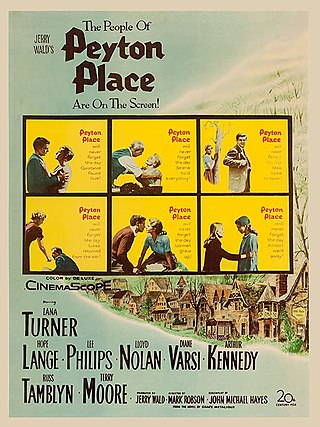
Peyton Place is a 1957 American drama film starring Lana Turner, Hope Lange, Lee Philips, Lloyd Nolan, Diane Varsi, Arthur Kennedy, Russ Tamblyn, and Terry Moore. Directed by Mark Robson, it follows the residents of a small fictional New England mill town in the years surrounding World War II, where scandal, homicide, suicide, incest, and moral hypocrisy belie its tranquil façade. It is based on Grace Metalious's bestselling 1956 novel of the same name.

Arlene Carol Dahl was an American actress active in films from the late 1940s.
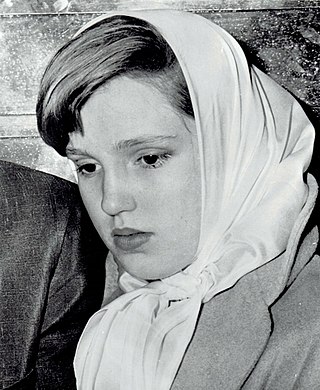
Cheryl Christina Crane is an American former model, retired real estate broker, author, and the only child of actress Lana Turner. Her father was Turner's second husband, actor-turned-restaurateur Steve Crane. She was the subject of significant media attention in 1958 when, at fourteen years old, she stabbed to death her mother's lover, Johnny Stompanato, during a domestic struggle; she was not charged, and his death was deemed a justifiable homicide.

Ann Savage was an American film and television actress. She is best remembered as the greedy cigarette-puffing femme fatale in the critically acclaimed film noir Detour (1945). She featured in more than 20 B movies between 1943 and 1946.
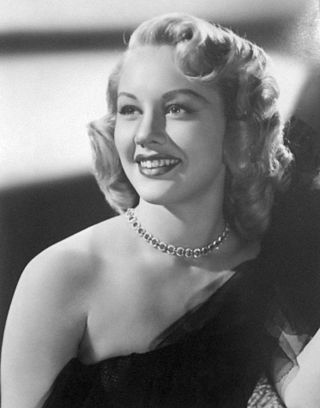
Lila Leeds was an American film actress.
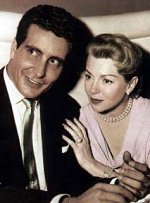
John Stompanato Jr. was a United States Marine and gangster who became a bodyguard and enforcer for gangster Mickey Cohen.

Another Time, Another Place is a 1958 British melodrama film directed by Lewis Allen and starring Lana Turner, Barry Sullivan and Sean Connery. The film is based on Lenore J. Coffee's 1955 novel Weep No More.
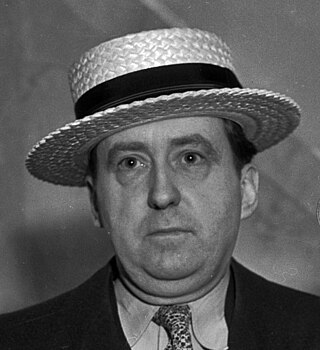
Harold Lee Giesler, known professionally as Jerry Giesler was an American trial attorney.

Where Love Has Gone is a 1964 American Technicolor drama film in Techniscope made by Embassy Pictures, Joseph E. Levine Productions and Paramount Pictures. It was directed by Edward Dmytryk and produced by Joseph E. Levine from a screenplay by John Michael Hayes based on the 1962 novel of the same name by Harold Robbins. The music score was by Walter Scharf, the cinematography by Joseph MacDonald and the costume design by Edith Head.

Jiminy Glick in Lalawood is a 2004 American comedy film starring Martin Short as Jiminy Glick, a morbidly obese movie critic who is involved in a murder case at the Toronto International Film Festival. The supporting cast features Jan Hooks, Matthew Gray Gubler, Linda Cardellini, Mo Collins and Aries Spears, and numerous cinema luminaries play themselves, such as Willem Dafoe, Whoopi Goldberg, Jake Gyllenhaal, Kevin Kline, Rob Lowe, Steve Martin, Kurt Russell, Susan Sarandon, Chloë Sevigny, Sharon Stone, Kiefer Sutherland and Forest Whitaker.

Joseph Stephenson "Steve" Crane was an American actor and restaurateur. A Columbia Pictures actor in the early 1940s, Crane opened the Luau, a popular celebrity restaurant, in 1953 and established a successful 25-year career in the restaurant industry. In addition to his own accomplishments, Crane is often remembered as Lana Turner's twice ex-husband.

Agness May Underwood was an American journalist and newspaper editor, and one of the first women in the United States to hold a city editorship on a major metropolitan daily. She was preceded by Laura Vitray who became city editor of the New York Evening Graphic in 1930, and by Mary Holland Kinkaid who was city editor at the old Herald, likely in the early 1900s. She worked as a reporter for the Los Angeles Record from 1928 to 1935, the Herald-Express from 1935 to 1962, and the Herald-Examiner from 1962 to 1968.
El Retiro School for Girls was a boarding school for girls who had been made wards of the Los Angeles County court system. It opened in 1919 and closed in 1961.
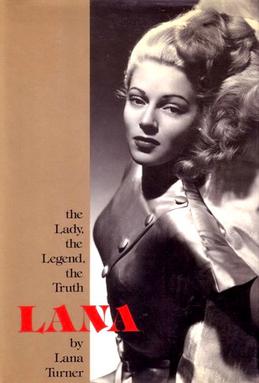
Lana: The Lady, the Legend, the Truth is a 1982 memoir by the American actress Lana Turner, published by Dutton. In it, Turner recalls her early life, her rise to stardom and personal troubles over the course of her career.

Since her rise to fame in the 1940s, American film actress Lana Turner (1921–1995) has appeared and been referenced in numerous works across literature, film, art, and music. Her glamorous persona and publicized personal troubles have contributed to her recurring prevalence in popular culture.
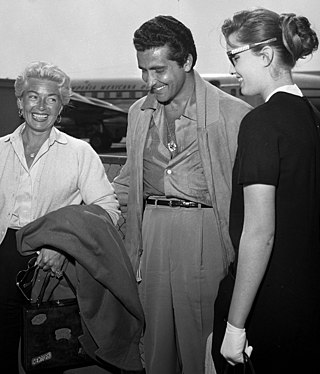
On the evening of April 4, 1958, 14-year-old Cheryl Crane fatally stabbed 32-year-old Johnny Stompanato, the boyfriend of her mother, actress Lana Turner, at Turner's rented home in Beverly Hills, California, United States. Stompanato, a former Marine and an associate of the Cohen crime family, had been in a year-long relationship with Turner which had been rocky and marked with physical abuse.



















